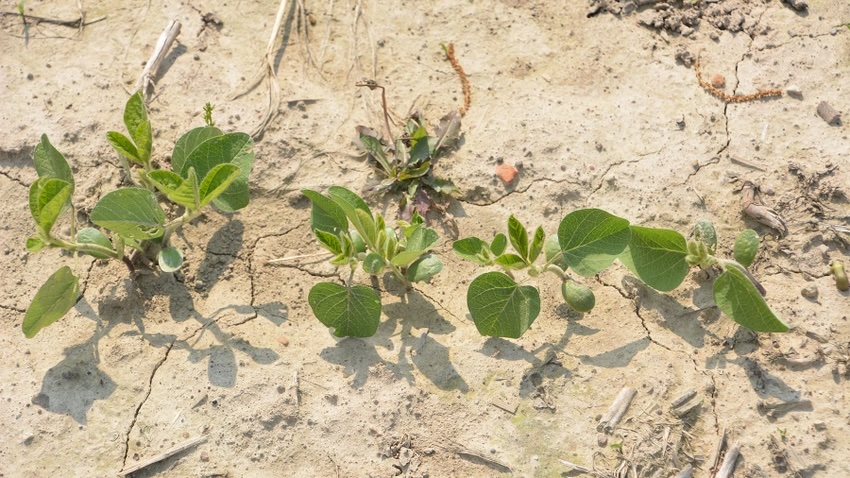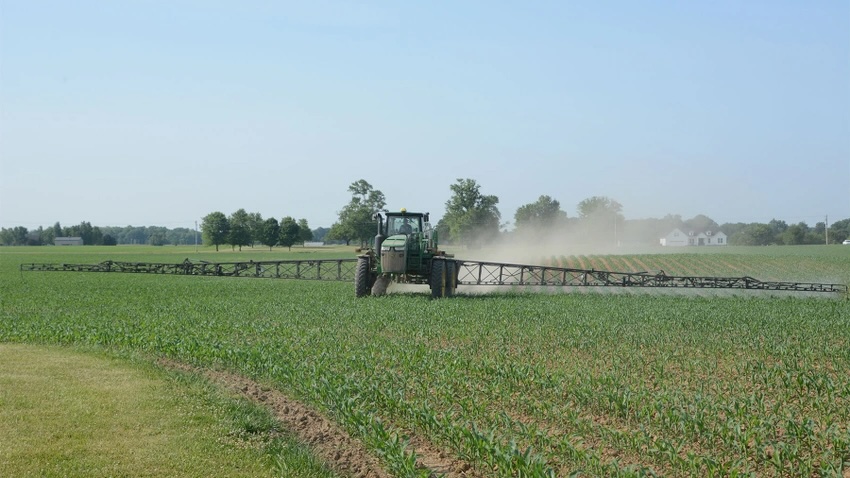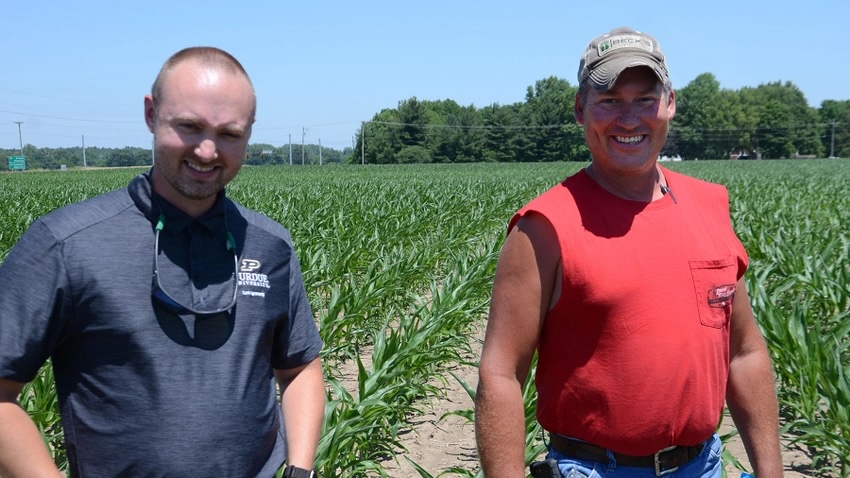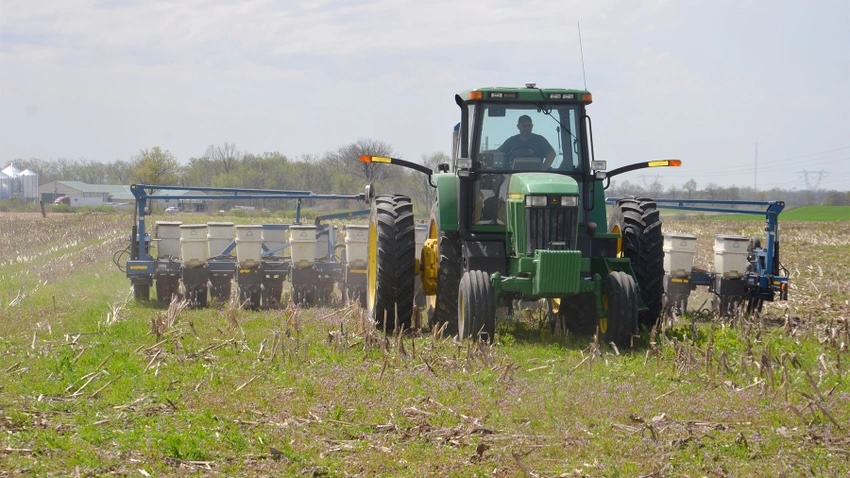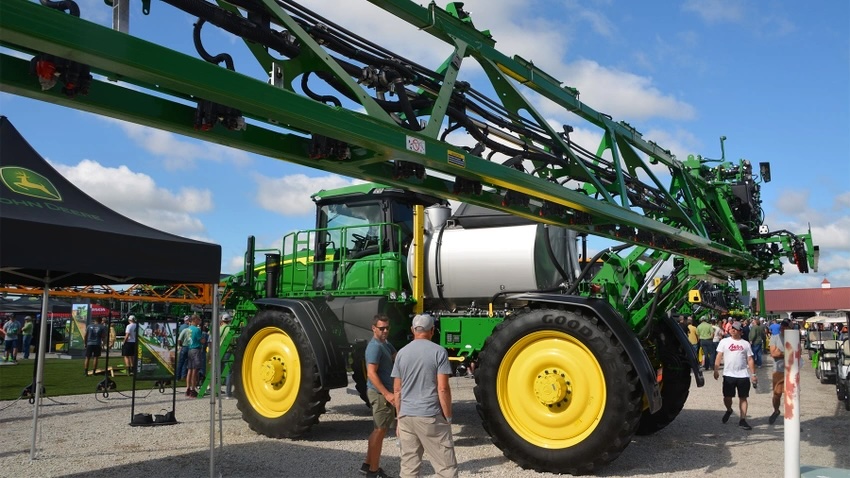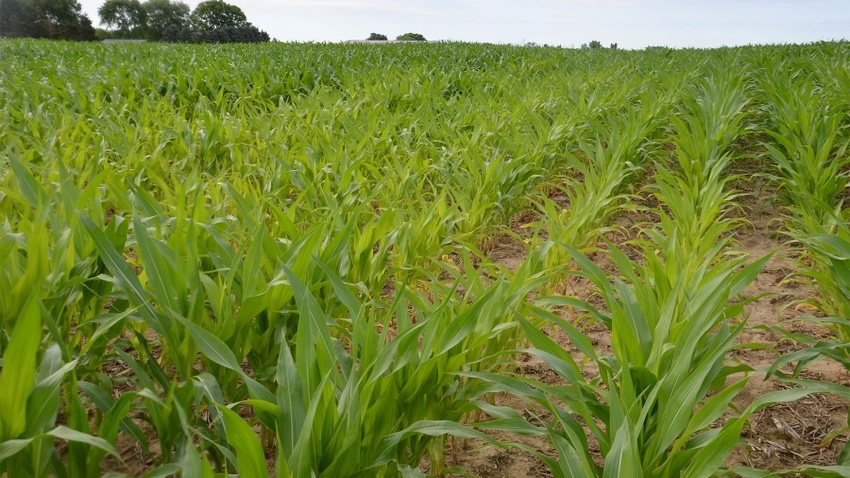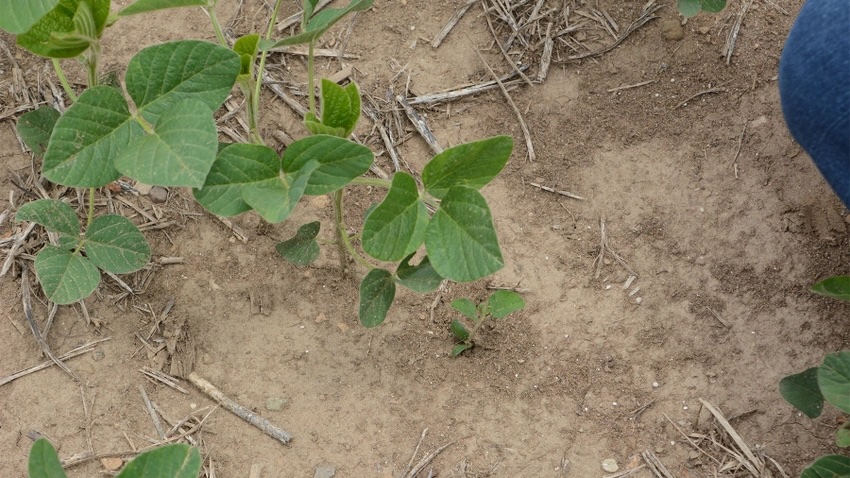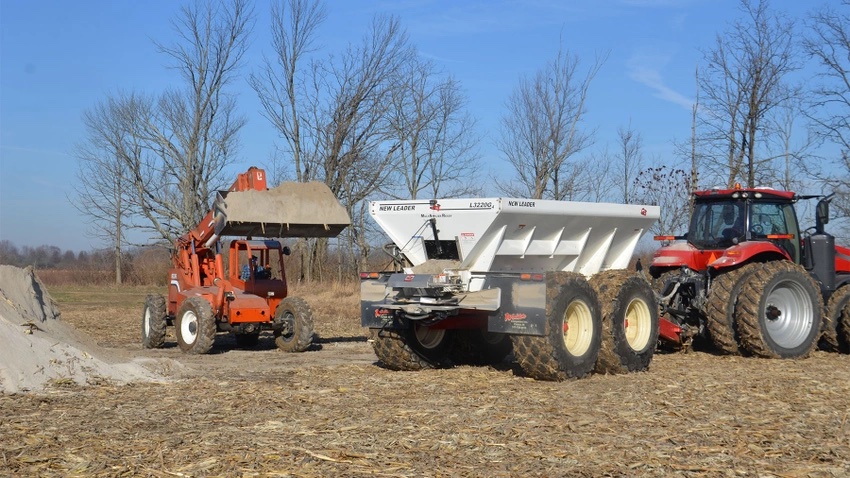Should you adjust seeding rates for no-till?
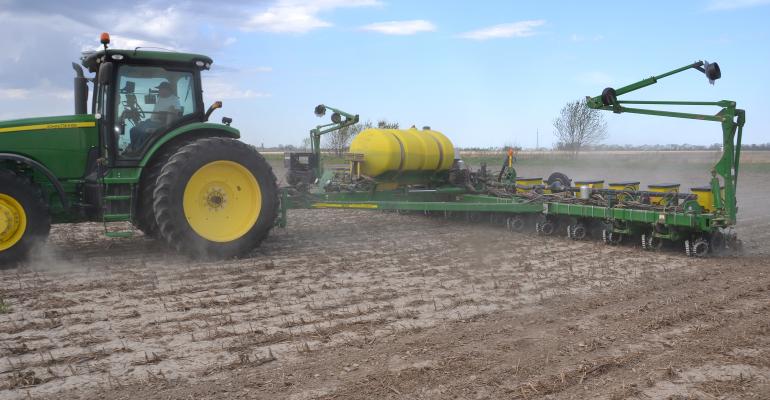
Corn Corner: There are other factors to consider besides tillage strategy when determining seeding rate.
Dec 02, 2021
My son and I disagree on corn seeding rate for no-till corn. Where we’re going to no-till into bean stubble, I want to go to 34,000 vs. our normal 32,000. We also will no-till into some standing rye. I’m thinking 36,000 to 38,000 vs. 32,000 there. Who is right?
The Indiana certified crop advisers panel answering this question includes Steve Gauck, a regional agronomy manager for Beck’s, Greensburg; Jeff Nagel, an agronomist with Ceres Solutions, Lafayette; and Dan Ritter, an agronomist with Dairyland Seed, Rensselaer.
Gauck: Population is more based on genetics than tillage practices. Look at the hybrids you plan to plant. What is the recommended population for them to perform at their best? Most seed companies will give you a range of populations based on soil types. Stay at the upper end of these recommendations when planting into a no-till situation.
Nagel: Planter technology has improved tremendously, allowing for better seed placement in many environments. Seeding rates for tilled soils vs. no-tilling into soybean stubble with a properly equipped planter will not vary by much. A small bump in seeding rates for no-till might be warranted on soils with less-than-ideal drainage.
Planting corn into a grassy cover crop like cereal rye is for the experienced no-tiller. Soybeans planted into cereal rye seems to work reasonably well, but there are many more challenges when planting corn into cereal rye. Decomposing cereal rye residue can lead to more plant-to-plant growth variability that can negatively impact yields. This usually starts to show up around the V3 to V4 growth stage, when the corn plant is transitioning to the establishment of the nodal root system. If you are going to attempt no-tilling corn into standing rye and you haven’t done it before, it would be reasonable to increase seeding rates 10% or so. But I would do your homework on the many other factors to consider.
Ritter: In the world of agronomics, many times there is not a right or wrong answer. How is that for keeping family peace? I have seen some rather careless decisions make operations good money. I have seen what I thought were well-thought-out, sound decisions fail. Much depends upon the conditions we receive.
First off, what type of fertility and soils do you have? If I’m seeding 36,000 to 38,000 seeds per acre on sands or low-fertility soils, I’m getting a little concerned. Research now indicates corn populations don’t have to be as high as once thought to obtain maximum yield potential. A March 2020 article by Purdue University Extension corn specialist Bob Nielson indicates that 32,000 is about the ideal population across various environments. From our internal company research, that’s seems to hold true as well.
As for standing rye, you may wish to tweak the population just based on a bit tougher planting environment. Technologies in planting and seed treatments have really aided in the emergence and establishment of our crops. Technologies have also given us the ability to do on-farm research fairly easily. Why not run some on-farm trials with populations and use your yield monitor to assist you in this decision? In summary, I am comfortable with the populations you are using now. Run a couple of on-farm trials with higher seeding rates and then adjust accordingly.


